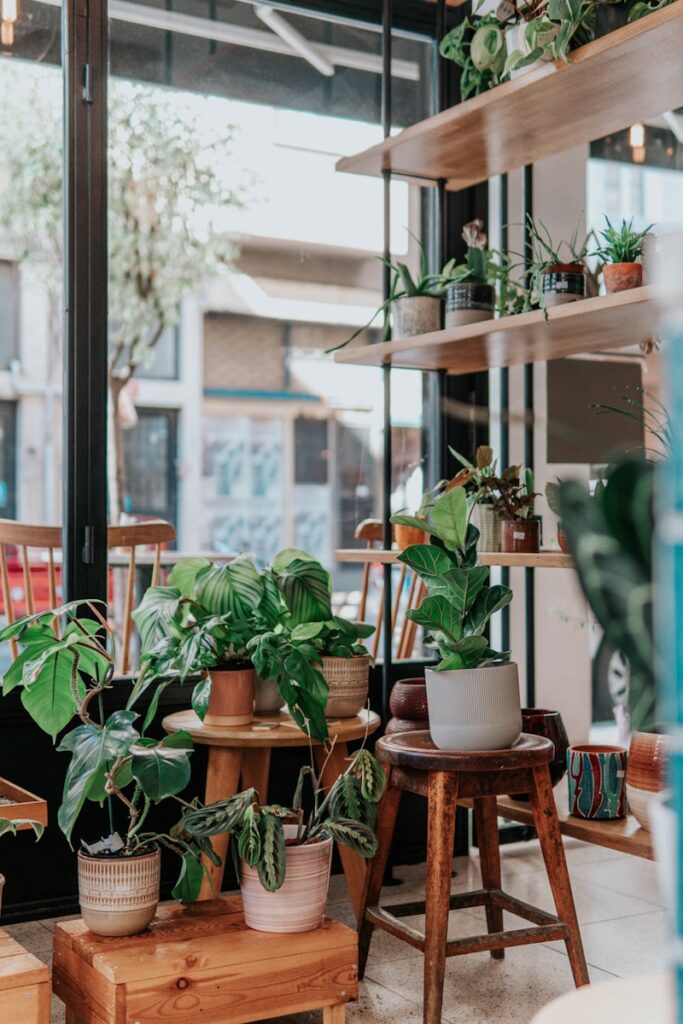
Tired of unwanted creepy-crawlies invading your living space? It’s a common frustration for many homeowners, but what if you could use nature’s own defenses to keep them at bay? Instead of reaching for harsh chemicals or irritating sprays, a growing number of people are discovering the incredible power of indoor plants to naturally protect their homes from a variety of pests, from tiny gnats to larger, more bothersome intruders like spiders and even mice.
These ingenious plants utilize their unique scents, essential oils, or even carnivorous habits to deter insects and other unwelcome guests, creating a safer, more sustainable environment for your entire family, including pets. It’s an eco-friendly and surprisingly effective approach to home pest management that not only solves a problem but also infuses your living areas with beauty, fresh fragrance, and a sense of calm. Imagine a home that feels cleaner, smells fresher, and is naturally guarded against pests.
Get ready to dive into the wonderful world of these green guardians. We’re about to unveil some of the very best indoor plants that offer double the benefits: enhancing your décor and providing a powerful, natural shield against common household pests. With just a little sunlight and care, these botanical allies can help transform your home into a healthier, more inviting, and wonderfully bug-free oasis. Let’s explore how these living solutions can revolutionize your approach to home protection!
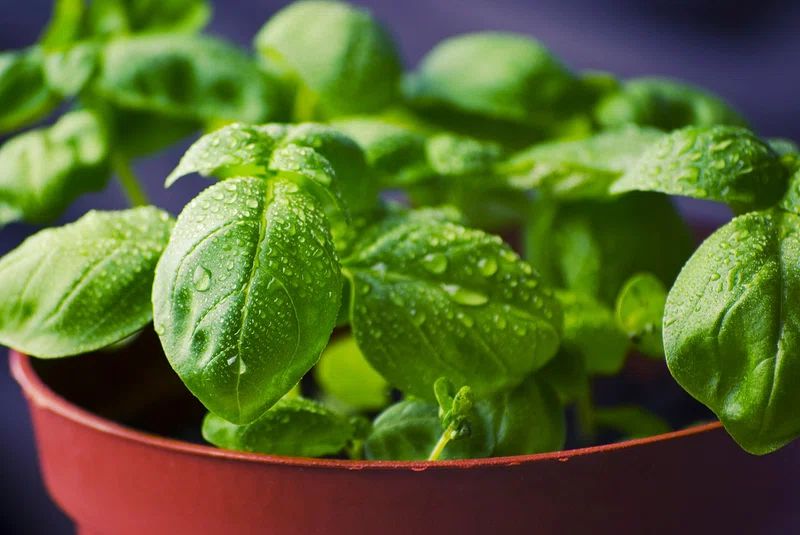
1. **Basil**: Renowned for its incredible culinary uses, basil offers far more than just delicious flavor; it stands as a natural and powerful insect repellent right within your home. Its highly aromatic leaves emit a strong, distinctive scent that flies, mosquitoes, and even common houseflies find incredibly unpleasant. This natural deterrent power comes from beneficial compounds like eugenol and linalool, which create an invisible protective barrier around your space, making it less appealing for pests to settle in.
To cultivate basil successfully indoors and maximize its pest-repelling capabilities, choose a spot where it can bask in plenty of sunlight; a warm, sunny windowsill is often the ideal location. This plant thrives in bright light and prefers consistently moist soil, though it’s crucial to avoid overwatering to prevent root issues. With proper care, your basil plant will not only deter pests but also provide you with fresh leaves for your kitchen endeavors, creating a truly dual-purpose addition to your home.
For optimal growth and continued pest deterrence, remember to prune your basil regularly. Pinching off any developing flowers is a key step, as this encourages the plant to grow bushier and produce more of those aromatic, repellent compounds. Best of all, basil is non-toxic, making it a safe and valuable plant to have in homes with children and pets, allowing you to place it conveniently near kitchen or dining areas without worry.
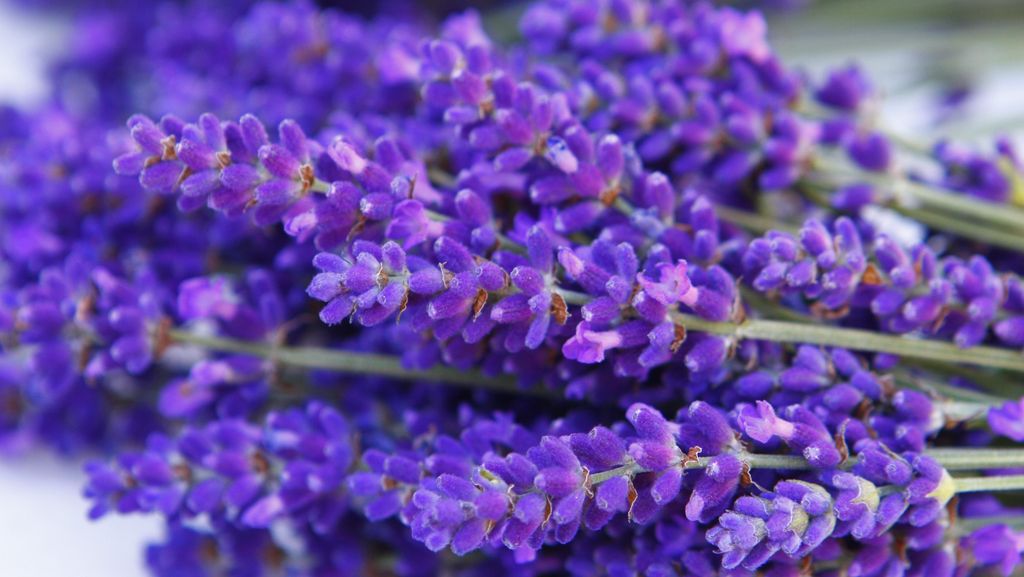
2. **Lavender**: Lavender is widely celebrated for its wonderfully calming scent, a fragrance that many humans adore and associate with relaxation and tranquility. However, this beloved aroma holds a secret power: it is profoundly disliked by a variety of insects, making it an excellent natural pest repellent. The strong smell originates from the essential oils within the plant, which are highly effective at keeping away flies, moths, mosquitoes, and even spiders and fleas.
To ensure your lavender thrives indoors and continuously releases its bug-deterring fragrance, it needs ample bright light, preferably at least six hours of direct sunlight each day. It also requires well-drained soil, so choose a pot that allows excess water to escape freely. Water your lavender consistently, but always allow the soil to dry slightly between waterings, striking that perfect balance for its health and continued bloom indoors year-round with proper attention.
Strategically placing your lavender plant can significantly enhance its effectiveness; consider positioning it near windows or doorways where insects might attempt to enter your home. Beyond its practical pest-repelling benefits, lavender adds an undeniable touch of elegance with its striking purple blooms and contributes a soothing, pleasant fragrance to your living environment, making it a favorite among those looking to blend beauty with practical home solutions.
Read more about: Cadillac’s Most Iconic Models: A Journey Through Decades of Luxury
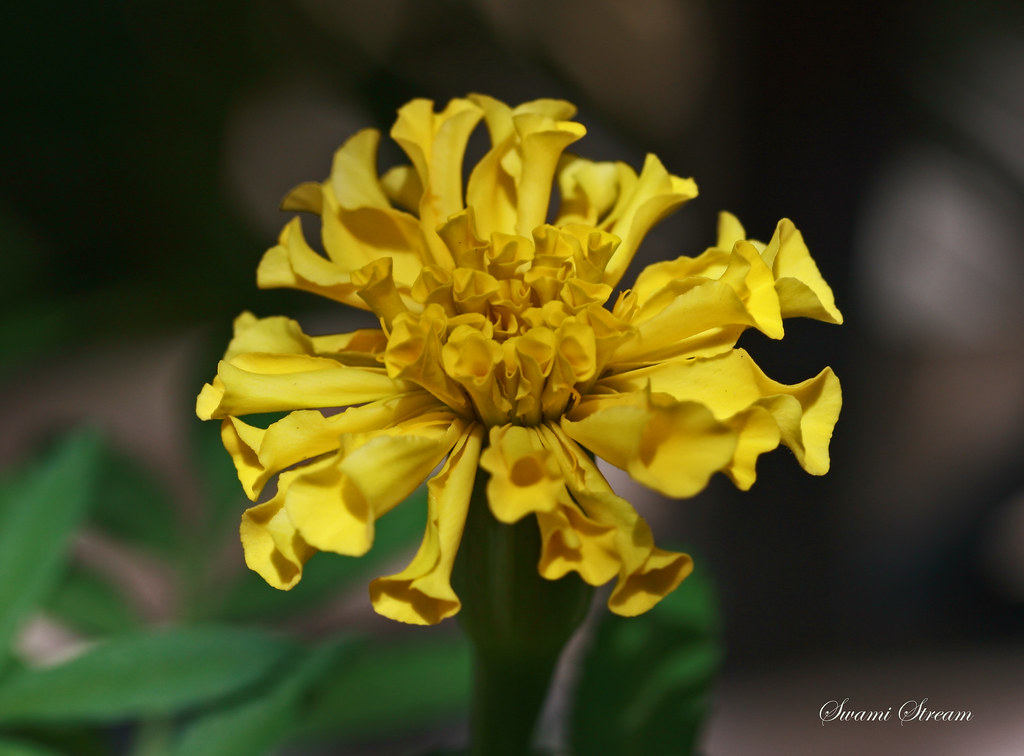
3. **Marigold (Indoor Varieties)**: Marigolds are much more than just a burst of vibrant color that brightens any room; their distinct and strong scent makes them exceptional at repelling a variety of pests, including bothersome aphids, mosquitoes, and whiteflies. Certain indoor-friendly varieties are perfectly suited for growing in pots within your home, allowing you to harness their natural repellent compounds, such as pyrethrin, which insects simply cannot stand.
For these cheerful flowers to truly thrive and maximize their pest-deterring potential indoors, they demand plenty of sunlight, ideally a bright, indirect spot where they can soak up the light. They also require well-drained soil to prevent root issues, so ensure your chosen planter provides good drainage. Consistent watering is important, but always allow the soil to dry slightly between sessions to prevent overwatering.
A simple yet effective care tip for marigolds is regular deadheading, which means removing any faded or spent blooms. This practice not only encourages the plant to produce continuous new flowers, keeping your space looking lovely, but it also prolongs their bug-repelling capabilities by ensuring a steady release of their potent scent. These easy-to-care-for flowers offer both beauty and practicality, serving as a decorative border that actively works to keep pests at bay.
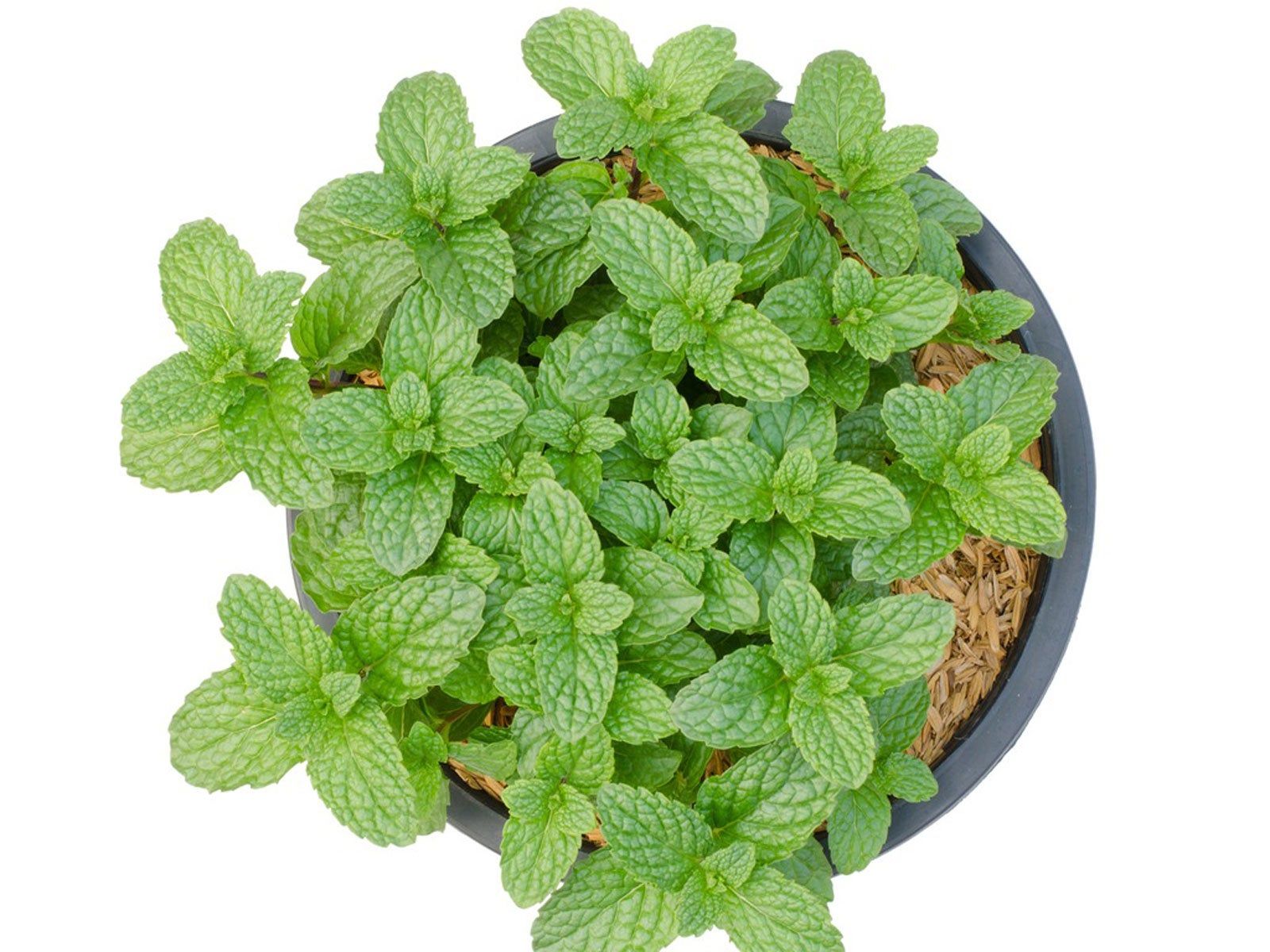
4. **Peppermint**: Peppermint, with its instantly recognizable and invigorating scent, is a fantastic choice for anyone looking to naturally deter a range of common household pests. Its strong aroma, primarily from menthol, is intensely disliked by ants, spiders, and even mosquitoes. This plant’s essential oils are so potent that they can actually mask the pheromones insects use to communicate and locate one another, effectively disrupting infestations and making your home far less inviting.
Growing peppermint indoors is remarkably simple, making it a great option even for beginner plant parents. It thrives well in small pots, which is also a wise choice as mint varieties can spread quite rapidly if given too much space. While it appreciates bright light, peppermint is quite versatile and can also flourish in partially shaded areas, as long as its soil is kept consistently moist to support its vigorous growth.
Beyond its impressive pest-repelling qualities, peppermint leaves can also be harvested for a variety of culinary uses, from brewing refreshing teas to adding a burst of flavor to your dishes. Placing potted peppermint near entryways, kitchen counters, or any area where pests might enter can create an effective natural barrier, enhancing your home’s freshness while providing robust, low-maintenance protection against unwanted guests.

5. **Rosemary**: Rosemary is another aromatic herb that truly offers the best of both worlds: it’s a staple in countless kitchens and an incredibly formidable pest repellent. Its distinctive woody scent, emanating from its needle-like leaves, is particularly effective against a variety of insects, including persistent mosquitoes, bothersome flies, and destructive cabbage moths. This natural aroma acts as a robust shield, helping to maintain an insect-free zone around your home.
For optimal growth indoors, rosemary thrives in sunny locations and requires well-drained soil, making it a relatively low-maintenance plant that’s easy to incorporate into your living space. It prefers drier soil conditions, so it’s important to water sparingly and allow the soil to dry out between waterings to prevent root issues. Regular trimming is beneficial, as it helps to keep the plant compact and healthy while encouraging the release of its beneficial essential oils.
Consider placing potted rosemary near windows or in areas where you spend a lot of time indoors, such as living rooms or home offices, to maximize its pest-deterring effects. Its robust aroma also makes it an excellent companion for entertaining areas, subtly blending into the atmosphere while warding off pesky insects. Some ornamental varieties even feature bright pink flowers, adding an extra layer of beauty to its already impressive dual benefits for your home.
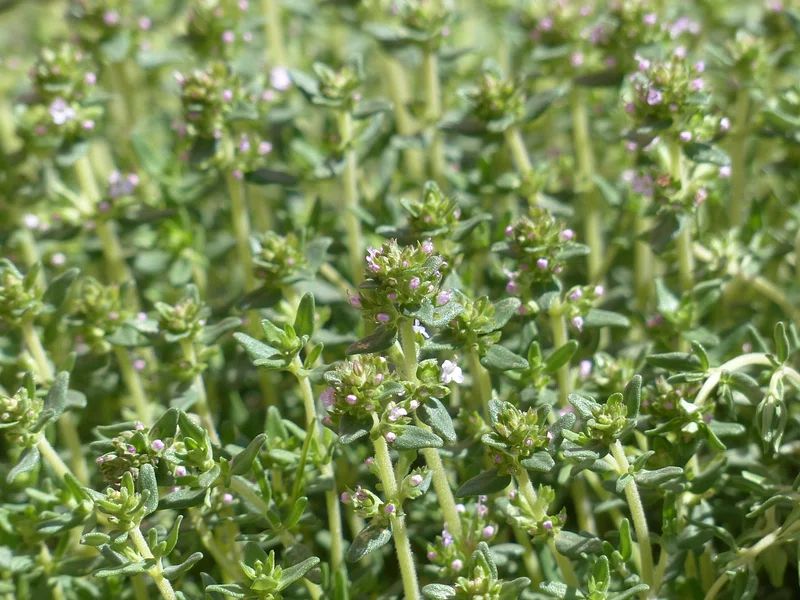
6. **Thyme**: Thyme is a hardy and incredibly versatile herb that brings both culinary delight and powerful pest-repelling qualities to your indoor garden. Its strong, earthy scent serves as an effective deterrent against various insects, including irritating mosquitoes, destructive cabbage worms, and pesky whiteflies. This herb contains natural compounds like thymol, which are specifically known for their pest-repelling properties, making it a smart choice for a healthier home.
This resilient plant thrives wonderfully in containers, making it perfectly suited for indoor cultivation. For the best results, place your thyme in a spot that receives full sun and ensure it’s planted in well-drained soil, as it prefers drier conditions between waterings. Its low-growing nature makes it an ideal candidate for sunny windowsills or countertop gardens, where it can provide constant protection without taking up too much space.
Beyond its impressive pest-control abilities, thyme is a beloved culinary herb that can add incredible depth and flavor to a variety of dishes, enhancing your cooking experience. It is also non-toxic and entirely safe for indoor use around children and pets when grown properly. Thyme’s blend of resilience, ease of growth, and its dual role as a kitchen staple and natural bug barrier makes it a truly practical and valuable addition to any home.
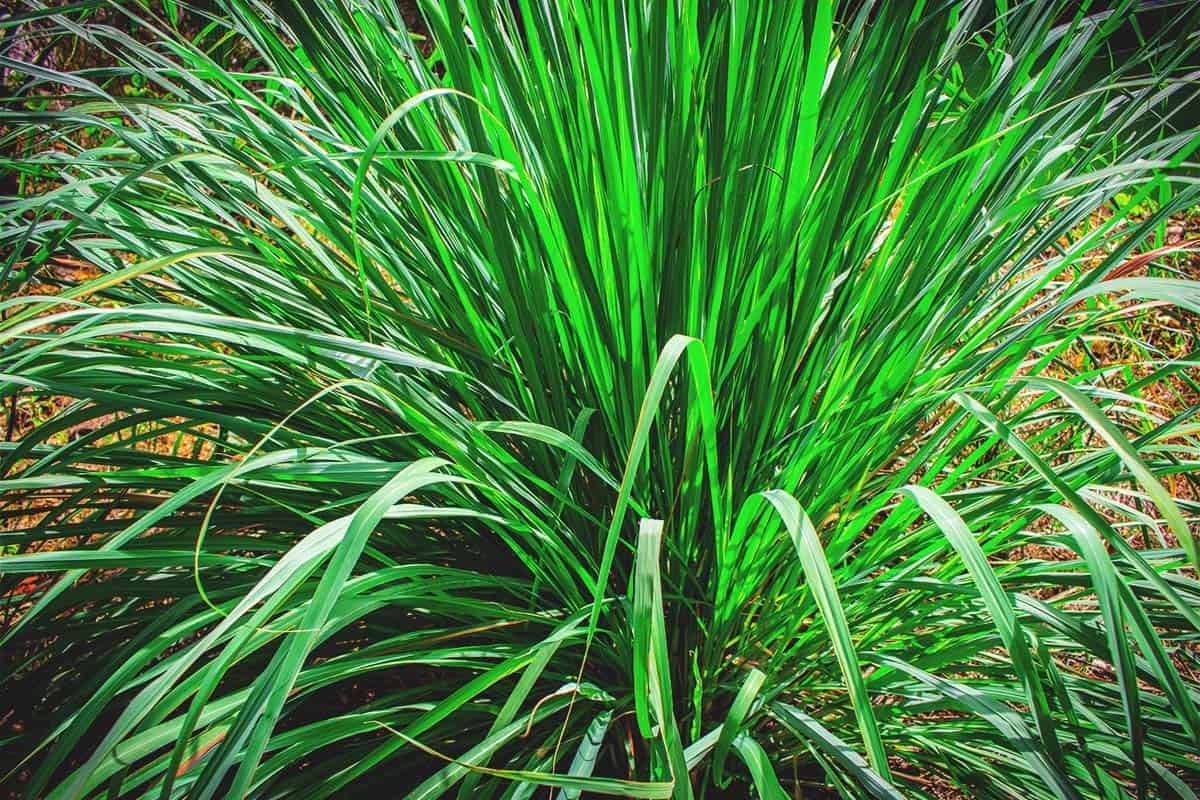
7. **Lemongrass**: Lemongrass is widely celebrated for its distinctly fresh citrus scent, a fragrance that is wonderfully appealing to humans but acts as a highly effective natural repellent against mosquitoes and flies. This remarkable plant contains citronella oil, a well-known compound commonly utilized in insect repellents, making it a fantastic living solution for keeping your indoor spaces comfortably pest-free. Its tall, graceful stalks add a lovely touch of greenery to any room.
While lemongrass is often grown outdoors, smaller pots of dwarf varieties can thrive beautifully inside your home, provided they receive ample light. It needs warm temperatures and well-drained soil, so place it near a sunny window where it can absorb plenty of light throughout the day. Consistent watering is important to keep the soil moist, but be mindful not to overwater, as it prefers proper drainage.
To maximize its mosquito-deterring capabilities, position your lemongrass plant strategically near doors, windows, or any entryways to your home, creating a natural barrier that stops pests before they can even enter. It’s important to note that lemongrass can grow quite tall, so consider providing ample space for its growth or choose dwarf varieties suitable for indoor containers. Beyond its pest-repelling prowess, lemongrass is a culinary delight, adding unique flavor to dishes, making it a valuable and multi-functional plant for your home.
Expanding on our natural home defense, we now turn our attention to even more remarkable botanical allies that can help you maintain a pest-free sanctuary. These plants continue the theme of practical problem-solving, offering both effective bug deterrence and a touch of beauty to your living spaces, all while requiring surprisingly simple care. Get ready to discover the power of these green guardians and further expand your natural arsenal against unwelcome visitors.
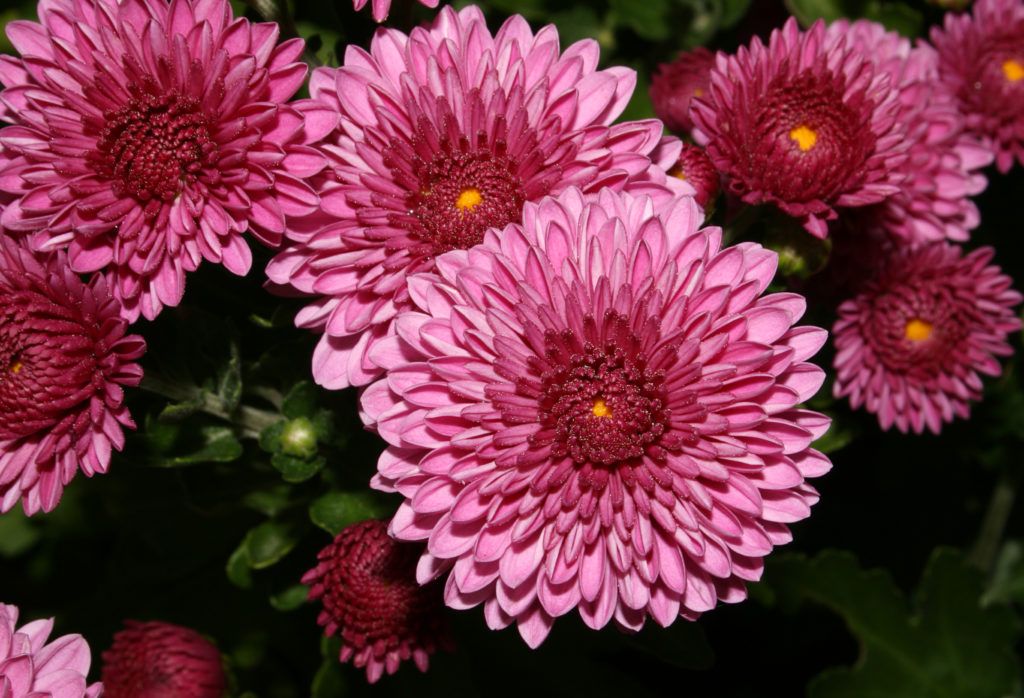
8. **Chrysanthemum (Certain Non-Toxic Varieties)**: Chrysanthemums, often affectionately called mums, are far more than just a vibrant splash of color for your home; they are powerful natural insecticides. These beautiful flowers contain pyrethrins, a natural compound frequently used in commercial insect sprays, making them incredibly effective against a wide array of pests. They are particularly adept at repelling common household nuisances like cockroaches, ants, aphids, spider mites, and even ticks, providing a robust line of defense for your indoor environment.
For these floral protectors to truly thrive and maximize their pest-deterring potential, they require specific care. Certain non-toxic varieties are safe for indoor use, and they grow best in bright light and cooler room temperatures, making a sunny, cool spot near a window ideal. Ensure their soil remains consistently moist, but be careful not to overwater, as they do not like soggy roots. Regular watering without soaking the soil is the key to their health and continuous blooming.
Beyond their insect-repelling prowess, chrysanthemums contribute significantly to the aesthetic appeal of your home with their diverse color palette and charming blooms. Some varieties can even attract beneficial insects like bees when placed outdoors or near open windows, further enhancing the natural ecosystem around your home. With their dual benefits of beauty and protection, mums are an excellent, multi-faceted choice for a healthier, more vibrant living space.
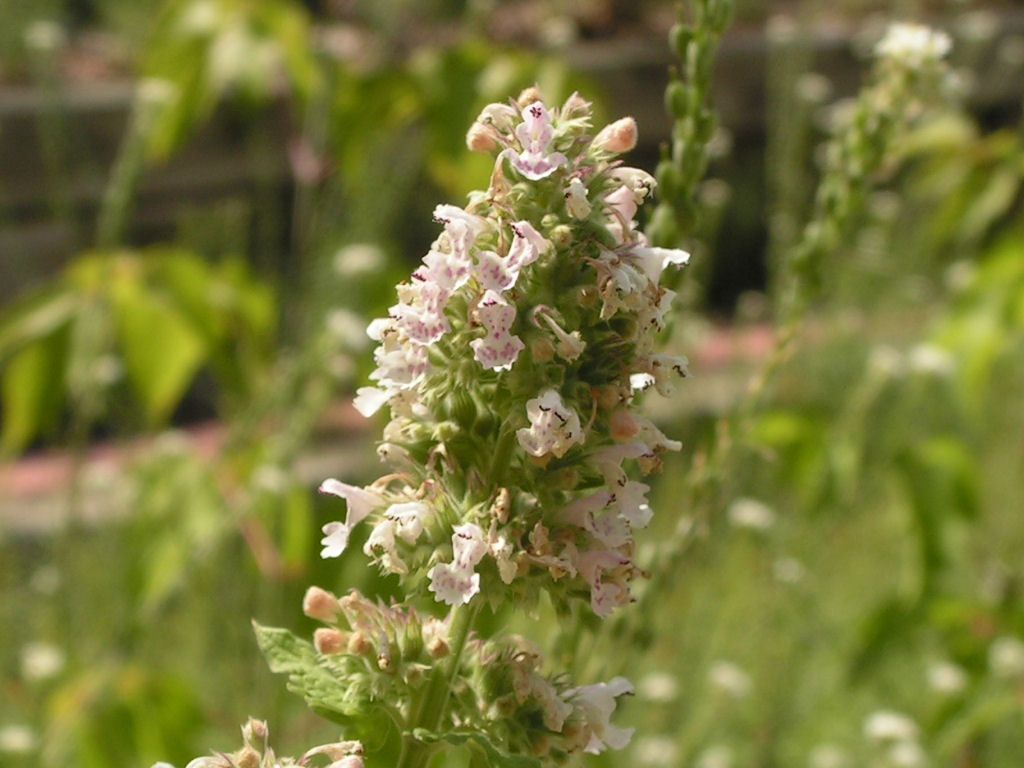
9. **Catnip**: While famously known for its exhilarating effect on our feline friends, catnip (Nepeta cataria) holds a surprising secret: it’s an incredibly potent natural pest repellent. This remarkable plant contains a compound called nepetalactone, which scientific studies have shown to be highly effective, sometimes even more so than DEET, at deterring mosquitoes. But its pest-repelling power doesn’t stop there; catnip is also an excellent deterrent against flies and even cockroaches, making it a versatile guardian for your home.
Growing catnip indoors is relatively straightforward, as this resilient plant adapts well to various conditions, making it suitable for both novice and experienced plant enthusiasts. It thrives particularly well in pots and demands plenty of sunlight, ideally at least six hours of direct sun daily, to encourage robust growth and maximum production of its repellent compounds. Regular watering is essential, but it’s crucial to use well-draining soil and avoid overwatering to prevent root issues.
For homes with cats, it’s wise to monitor your plant closely, as your furry companions might find it irresistible and attempt to chew it down. Despite this, catnip remains a safe and remarkably useful addition to any home, providing natural protection from a range of insects while also offering an attractive burst of green foliage. Its unique ability to deter pests while adding character makes it an intriguing and valuable plant for indoor cultivation.
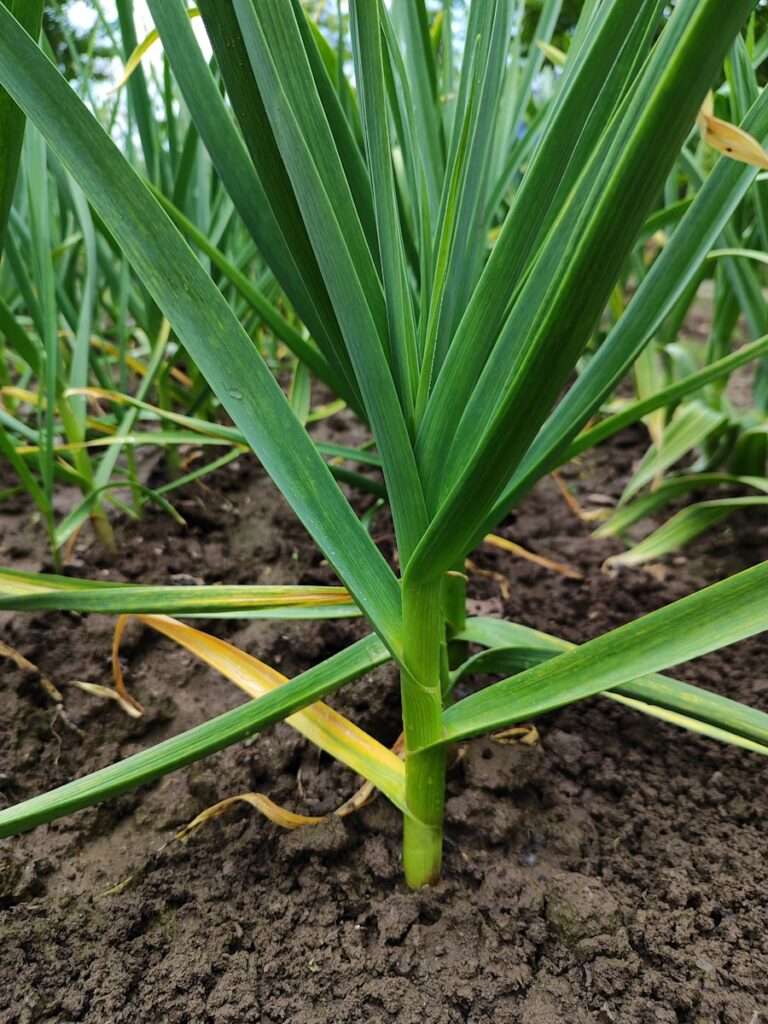
10. **Garlic Plant (Softneck for Indoors)**: You might primarily associate garlic with its incredible culinary versatility, but this pungent plant is also a formidable natural pest deterrent. The strong, distinctive odor of garlic, derived from its sulfur compounds, is intensely disliked by a variety of common household and garden pests. It proves highly effective at deterring mosquitoes, ants, and even certain types of beetles, making it a strategic plant to have in your living space, especially near food preparation areas.
For successful indoor cultivation, choose softneck garlic varieties, which are better suited for growing in pots. These plants thrive in deep, loose soil, allowing their bulbs to develop properly, and require a sunny windowsill where they can receive ample light throughout the day. Consistent yet light watering is important; ensure the soil is kept moist but not waterlogged. With proper care, your garlic plant will not only act as a natural bug repellent but also provide you with fresh cloves for your cooking endeavors.
Beyond its pest-repelling and culinary benefits, garlic also offers an added layer of protection by deterring fungal infections in other nearby plants, thanks to its potent sulfur compounds. Placing a pot of garlic on your kitchen counter or windowsill provides a safe, multipurpose solution for keeping pests at bay while ensuring you always have a fresh supply of this aromatic staple. It truly is a plant that works hard on multiple fronts for your home.
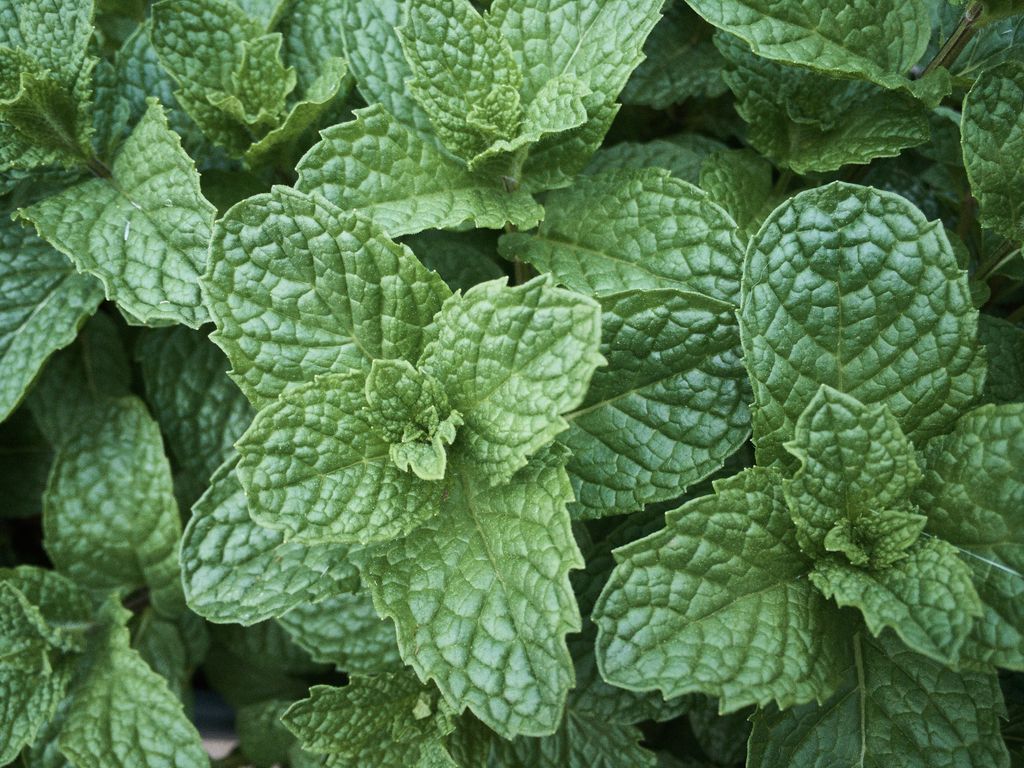
11. **Mint**: Mint, encompassing various fragrant varieties like spearmint, stands as a versatile and potent natural deterrent against a range of unwanted household guests. Its refreshing and invigorating scent, primarily attributed to compounds like menthol, is intensely disliked by ants, mosquitoes, and even spiders and mice. This strong aroma can effectively mask the pheromones that insects use to communicate and locate food sources, making your home significantly less appealing to them.
Cultivating mint indoors is a practical choice, though it’s important to note its vigorous spreading habit. Planting it in small pots is highly recommended to control its growth and prevent it from overtaking your other plants. While mint appreciates bright light, many varieties are quite adaptable and can also thrive in partially shaded areas, provided their soil is kept consistently moist to support their lush foliage. Regular pruning also encourages bushier growth and the release of more essential oils, enhancing its repellent power.
Beyond its impressive pest-repelling qualities, mint leaves are a beloved culinary herb, perfect for brewing refreshing teas, adding zest to beverages, or brightening up a variety of dishes. Strategically placing potted mint near entryways, kitchen counters, or any areas prone to pest activity can create an effective natural barrier, infusing your home with a clean, fresh aroma while robustly protecting it against common intruders.

12. **Sage**: Sage, with its distinctive earthy aroma, is a robust herb that brings both profound culinary depth and powerful pest-repelling capabilities to your home. The strong scent emanating from its aromatic leaves acts as a natural deterrent against a variety of insects, including persistent fleas, bothersome moths, and even mosquitoes and cabbage moths. This makes sage an excellent choice for creating a naturally protected and pleasantly scented environment indoors.
This hardy herb is well-suited for indoor cultivation in containers, providing a continuous source of its beneficial compounds. For optimal growth, place your sage plant in a sunny window, as it thrives in bright light, and ensure it’s planted in well-drained soil. Like many Mediterranean herbs, sage prefers drier conditions, so allow the soil to dry slightly between waterings to maintain its health and vigor. Its compact growth habit makes it ideal for sunny windowsills or countertop herb gardens.
Beyond its impressive ability to deter pests, sage is a widely cherished culinary herb that can elevate a vast array of dishes, from savory roasts to flavorful sauces. Its leaves can also be dried and used indoors to further enhance its pest-repelling effects. Safe for homes with children and pets when grown properly, sage offers a harmonious blend of resilience, ease of care, and multi-functional benefits, making it a truly valuable addition to any home seeking natural pest solutions.
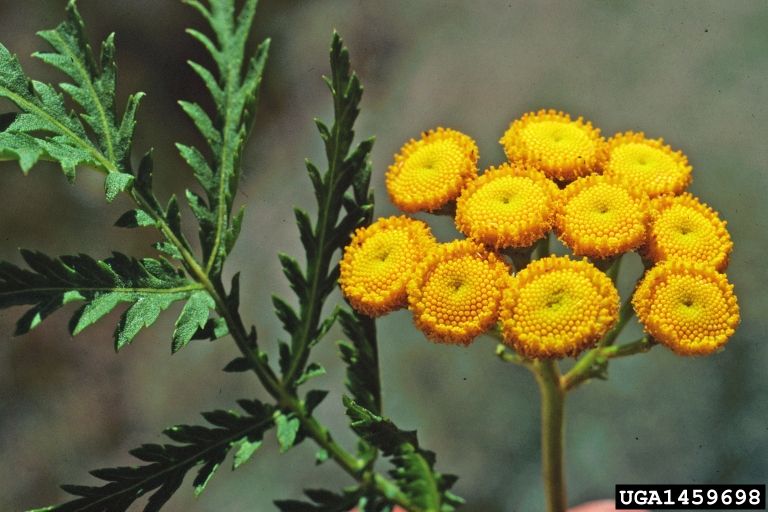
13. **Tansy (Non-Toxic Cultivars Only)**: Tansy is celebrated for its potent pest-repelling qualities and delightful fern-like foliage, making it a unique and effective addition to your indoor plant collection. Certain non-toxic cultivars of tansy are particularly effective at keeping away flies, ants, moths, fleas, and even beetles. The plant’s natural compounds create an environment that these insects simply avoid, offering a powerful yet natural form of home protection.
When growing tansy indoors, it’s crucial to select only non-toxic cultivars, as some varieties can be harmful if ingested, especially for pets. These plants thrive in bright spots, soaking up plenty of light, and require well-drained soil to ensure proper growth. Tansy is relatively low-maintenance, requiring consistent watering but allowing the soil to dry out slightly between sessions. Its cheerful yellow flowers, when blooming, add a lovely touch of visual interest, blending aesthetics with practicality.
While primarily known for its pest control benefits, tansy also contributes a wild, garden-like feel to indoor spaces, adding unique texture and charm. Its ability to deter a wide range of common household pests, coupled with its distinctive appearance, makes it a fascinating and functional plant for those looking to expand their green arsenal. Just remember to always prioritize safety by choosing appropriate cultivars for your indoor environment, ensuring a beneficial and beautiful addition to your home.
As we conclude our exploration of these incredible plant allies, it’s clear that nature offers an abundance of solutions for creating a healthier, more inviting home. These green guardians, from the culinary delights of basil and sage to the surprising deterrents of catnip and chrysanthemums, provide a beautiful, fragrant, and remarkably effective way to keep unwanted pests at bay. By integrating these botanical wonders into your living spaces, you’re not just solving a common household problem; you’re embracing a lifestyle that values sustainability, well-being, and the undeniable charm of bringing the outdoors in. So go ahead, nurture these plant protectors, and transform your home into a fresh, vibrant, and naturally pest-free sanctuary. The peace of mind—and the pleasant aromas—are truly priceless.



